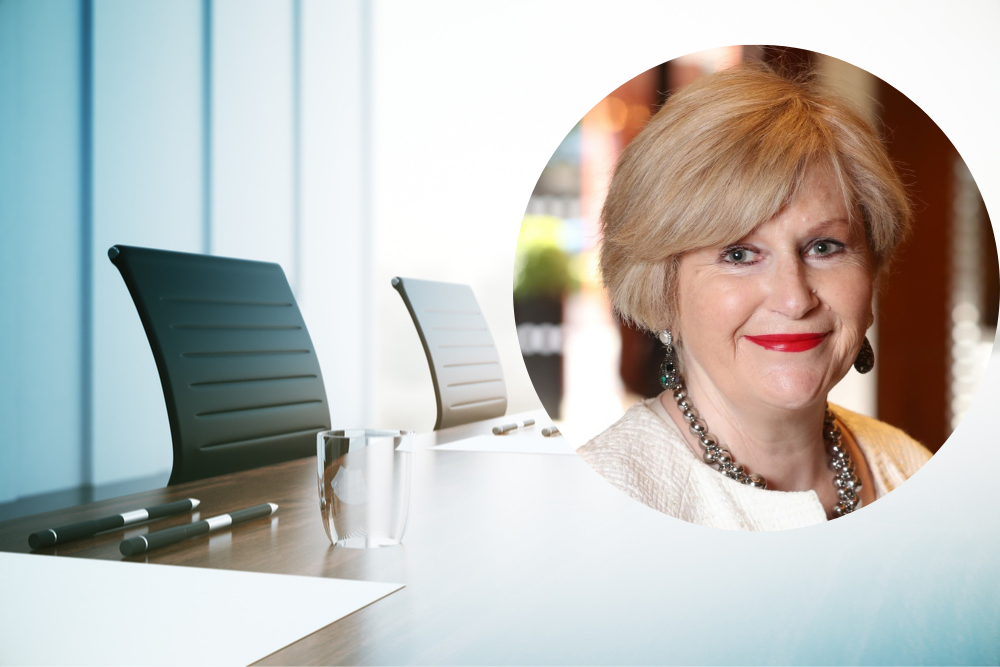For a family business to successfully transition from one generation to the next, proper planning is key writes Claire Shanahan from PwC.
As Irish private businesses navigate through a new wave of challenges and considerations presented to them in today’s evolving business landscape, one consideration which remains constant for business owners who wish to exit and transition their business to the next generation is to provide for an appropriate succession plan.
In order for a family business to successfully transition from one generation to the next, proper planning is key and should be considered as a long term process that business owners should fully invest in. It is a process encompassing many considerations, ranging from tax implications (for both parent and child) to the future financial wellbeing of the business; from corporate governance to ensuring a robust business strategy is in place.
“Only 23pc of Irish family businesses have a robust, documented and communicated succession plan in place, compared with 30pc globally”
All of these considerations are critical to provide comfort to both the business owner who is “handing over the keys” and to their successor who takes on the task of ensuring the business can survive into the next generation of successful trading.
Interestingly, however, PwC‘s latest family business survey highlighted that only 23pc of Irish family businesses have a robust, documented and communicated succession plan in place, compared with 30pc globally.
Succession planning can be a challenging topic for business owners. It involves several important decisions that can impact the future of the company and the family. Seeking professional advice is crucial.
Creation of a Succession Plan
Creating a plan for the future of your business involves answering challenging questions, including;
- What direction is the business headed?
- Who can help the company to thrive?
- Is family ownership the best option?
- Can and should ownership and management be separated?
Additionally, considering the views of family members and communicating your plan clearly is very important – this can alleviate conflict down the line.
Effective Governance Structure
Governance in family business is a group of functions including internal controls and decision making processes which ensure that both the family and the business’ best interests are taken into consideration. All parties to the governance structure should be included in the preparation of the governance policy as this involvement can promote the fair use of policies and manage expectations regarding any future conflicts. At their simplest family governance policies should incorporate rules around conflict resolution such as: voting rules – who can vote and what majorities must be reached, how are deadlocks resolved, payment package structuring and minimum requirements to sit on the board etc.
Ownership V Management
In the past ownership and management may have been viewed as inseparable functions, whereas in the modern day this is not the case. The separation of such functions may be viewed as critical to ensure that the business can “succeed” in the hands of the next generation.
In the event that ownership is kept within the family, it is imperative that careful consideration is made over the ownership/management profile of the successors. The question is raised as to whether only those family members working in the business should inherit ownership of the business. It must also be considered whether family members are properly equipped to deal with the challenges that accompany ownership of significant assets. It may be appropriate to consider the traits of potential owners and how they might treat perceived power when forced to collaborate with other shareholders. Appreciating the difference between ownership and management, and understanding the particular responsibilities of family business ownership, are becoming more important too, because “owning-only” is a trend gaining momentum.
Tax Considerations
Business owners should take into account the potential tax costs associated with transferring ownership and business wealth and how such costs will be financed. Oftentimes, family businesses have most of their wealth tied up in the company, but any tax costs incurred during the transfer would be personal costs to be borne by the business owner and their children.
Capital Gains Tax
When disposing of chargeable assets, capital gains tax of up to 33% may apply on any gains arising. The gains are calculated by establishing the appreciation in the market value which has arisen on the assets from the date of acquisition of the assets to the date of disposal (the date of the transfer of the assets and /or shares to the owner’s child).
However, it may be possible to rely on some form of CGT relief, such as retirement relief or entrepreneur relief. Retirement relief may be available to reduce the overall tax cost for the business owner when transferring shares to their children (subject to the satisfaction of numerous conditions). If the ownership transition occurs before the business owner turns 66, full relief from capital gains tax should apply. However, in order to avail of the relief, the disposal must consist of qualifying assets (i.e. certain business assets or family company shares). After 66 years of age, the relief available to the parent is limited to €3 million.
In the alternative, Entrepreneur Relief operates whereby qualifying business owners can effectively avail of a reduced CGT rate of 10% (from 33%) on the first €1 million of aggregated lifetime gains. As in the case of Retirement Relief, there are a number of conditions required to be satisfied in order to avail of the relief.
Capital Acquisitions Tax (CAT)
For children who receive shares in a qualifying family-controlled company, CAT business relief may be available to lower the effective CAT rate from 33% to 3.3%. Again, this relief may be limited if part of the company’s value is not derived from trading business assets.
In the case of Retirement Relief and CAT Business Property Relief, the reliefs are subject to clawback if assets are sold within six years.
Again, appropriate tax planning advice is recommended prior to the implementation of any succession plan to ensure that the conditions required to avail of the respective reliefs have been satisfied.
Stamp Duty
Stamp duty is also an additional tax cost for the successor to consider. Stamp duty is a tax on documents and depending on the class of the business assets transferring, rates as high as 7.5% may apply to certain transfers of assets. A rate of 1% applies to the market value of the shares in the family company ( where the company does not derive its value from non residential land, however to the extent that the company does derive its value from non residential land, a stamp duty rate of 7.5% may apply). The higher 7.5% rate may also apply to transfers of other business assets.
Implementing a succession plan: Action points
- Timing is key: consider the timing of your succession process. If you are approaching the age of 66, it might be worth contemplating transferring some or all of your business in the near future to potentially take advantage of significant tax benefits.
- Passing over control: Is relinquishing control in the short to medium term an option or would you like to retain some element? Consider a “special” share when relinquishing ownership which may give you veto rights over certain aspects of the business.
- Identifying what assets shall pass to which family members: Although it may seem reasonable to distribute your business equally among your children, in reality, it could create conflict if some of them are not involved in the business. In this regard, it is recommended that business owners take stock of their asset portfolio including identifying business assets and non- business assets (i.e. rental property). Consider whether it may be more appropriate to transfer investment assets that you would rather transfer to those children who are not actively involved in the business. If those investment assets generate a stream of income that you will still need after retirement, assess whether it would be more suitable to pass on those assets while keeping a life interest in them.
- Put in place a will: If you have not yet decided on a succession plan to be implemented during your lifetime, then you should put in place a tax-efficient will. This allows for the assets of your estate to be distributed in line with your wishes while simultaneously ensuring that the assets can pass to the beneficiary in a tax efficient manner. This can provide control over the payment of CAT as inheritance tax, and specifically the low thresholds and immediacy of tax collection, can have devastating implications for families (and their businesses) without tax efficient plans in place.
At a minimum, we would recommend the implementation of tax efficient wills, which facilitate:
- a more orderly disposal of assets,
- the opportunity to access relevant reliefs, and
- control over tax payment dates.
Managing ownership of a family business is a unique and complex challenge. Managing a generational transition is one of the biggest challenges that a family business can face. Therefore, our experience shows that when business owners embrace the succession process in a timely manner and prepare adequately for a successful transition, it results in a smoother process and a higher likelihood of long-term success.
Main image at top: Credit – HBO





